When you hear dental deep cleaning, what comes to mind? It may come across as something one should do if they have skipped a few appointments with the dentist or consumed a particularly sticky, messy meal. However, a deep teeth cleaning refers to a specific procedure that your dental hygienist carries out to treat periodontal and gum disease. It’s often completed when a patient hasn’t had regular dental cleaning appointments in six-month intervals.
If you are searching for dental deep cleaning near me, schedule your appointment with our dental clinic now. Book online.
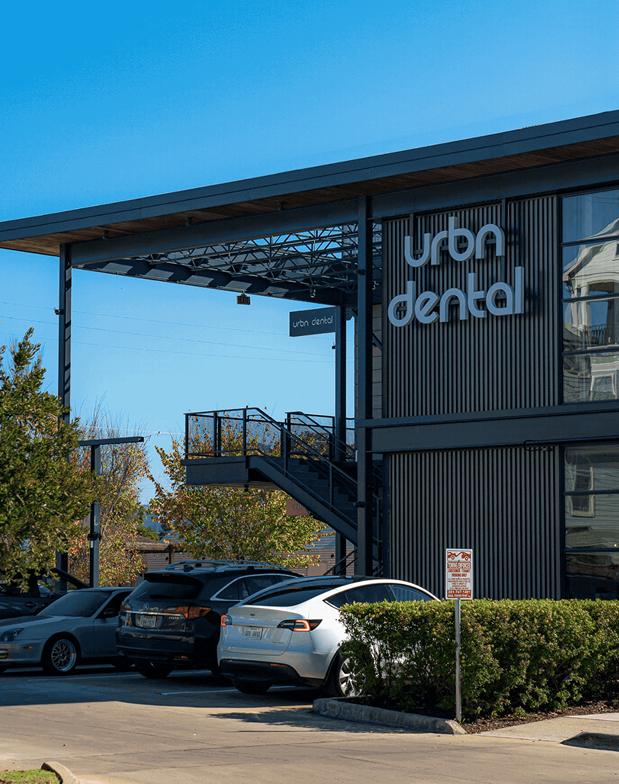
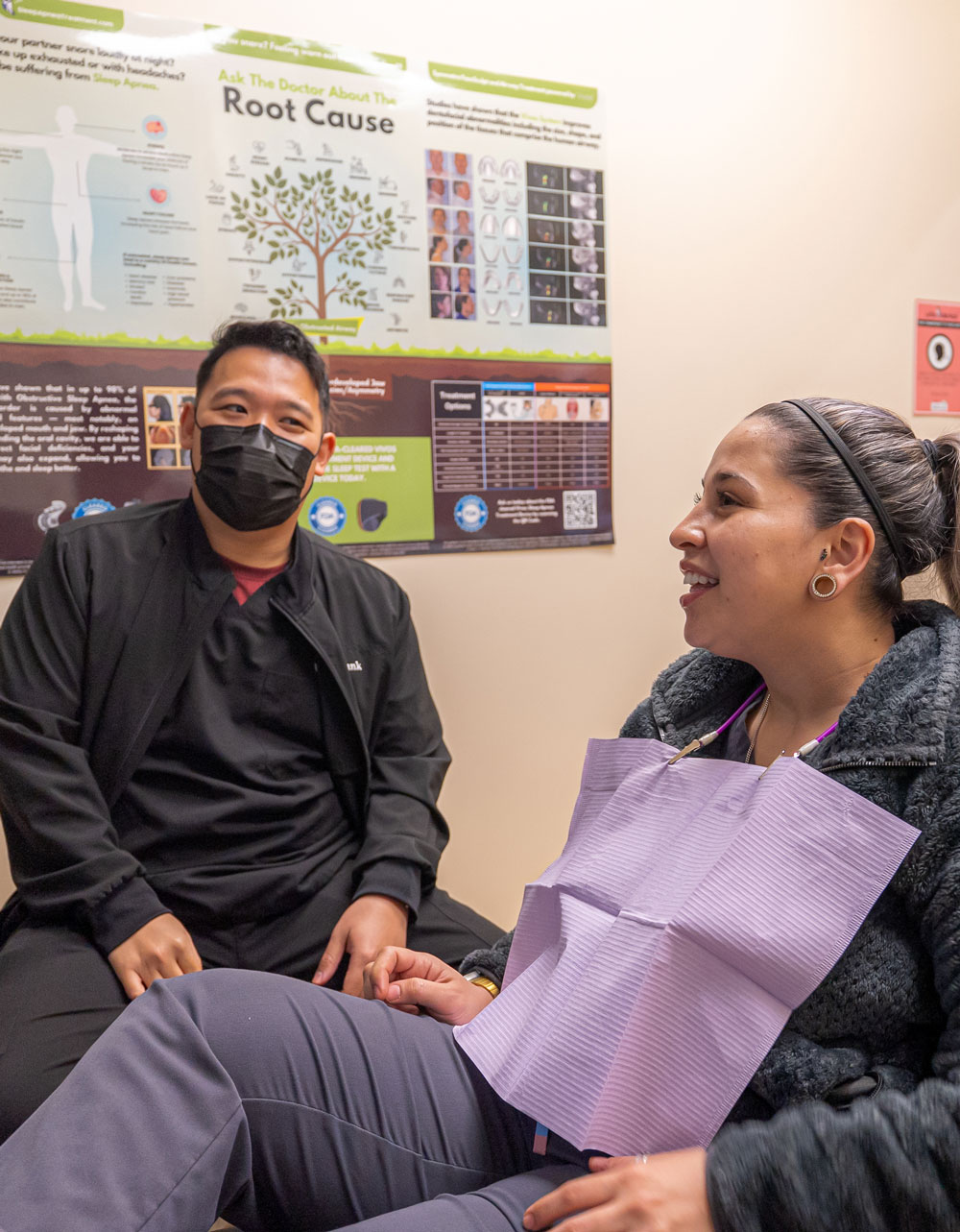
When you visit our dental clinic, a tool known as a probe will be used to measure the area surrounding your teeth to see if you have any pocketing (this is the area between the gum and tooth where the formation of bacteria occurs) by the dental hygienist. When the depth of the gum tissue between the gums and teeth is five millimeters or more, it is referred to as a pocket. The American Academy of Periodontology has recommended that every adult get a periodontal evaluation every year so that it can be determined if additional treatment is needed. However, measuring the pocket depth is a single part of a comprehensive dental evaluation.
According to information from the National Institute of Dental and Craniofacial Research, the ideal length of normal pockets will be 3 millimeters deep or less. If, however, for any reason, the pockets turn out to be as deep as or greater than 5 millimeters, your dentist near me may eventually have to prescribe a deep scaling and root planning appointment for you with the dental hygienist.
Deep teeth cleaning is also called scaling and root planning in the dental world. According to the NIDCR, the removal of tartar and plaque from the teeth’ surface and the pocket area between gums and teeth is what scaling involves. Manual scaling tools or electric or ultrasonic instruments are some of the tools that dental hygienist employs to perform scaling and root planning.
The second aspect of deep cleaning dental teeth is root planning. Here, the dentist uses a scaling instrument to remove the tartar and plaque from the surface of the roots of your teeth. You only need at least two appointments with your dental hygienist for your complete scaling and root planning procedure. However, you may need another follow-up visit to confirm that your teeth and gums are becoming healthier and that the deep pockets are disappearing.
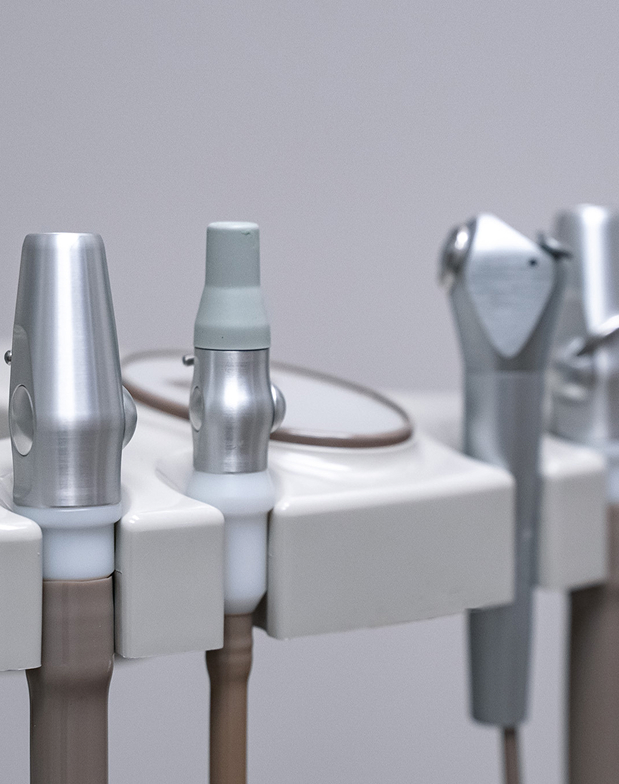
Our patients love treatment at our locations consistent 5-star ratings across the board.
See what they have to say about our dentists and dental team.












Scaling and root planning a whole mouth generally need many appointments. After completing one section of the mouth, your dentist may move on to one more or stop until the next appointment. After the procedure, your dentist will want you to return several weeks later for a follow-up appointment.
You also need to have before and after deep cleaning care, so consult with the dentist about the before and after procedure care.
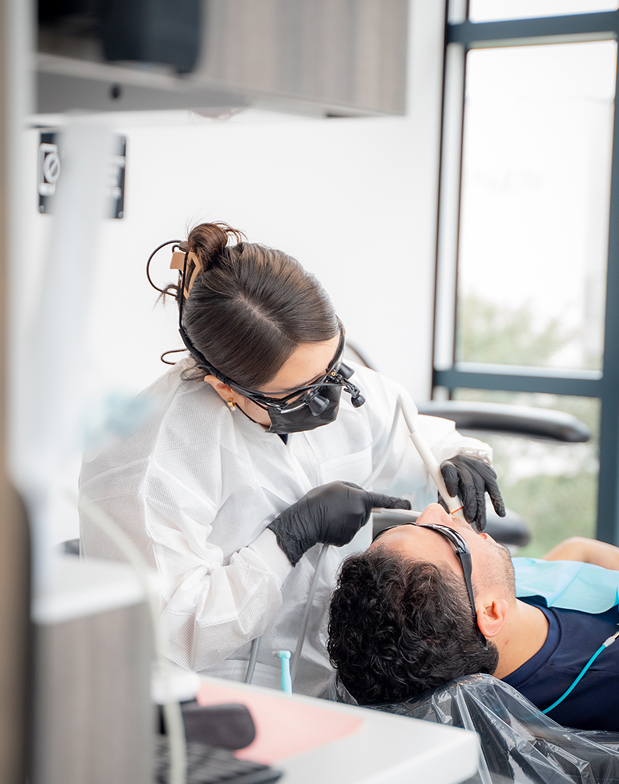

Your initial visit will have your dentist take your complete health history. During the subsequent visits, if there is a change in your status, you should always let your dentist know. You should expect the following during the subsequent visits you will need to make to the dentist.
If you want to go for the procedure and become nervous because you feel it might be painful, then you should know that your dentist may offer a local anesthetic to ease your anxiety, or you can also see dental deep cleaning before and after results to accomplish the procedure without any fear. However, you may notice general soreness, bleeding gums, or sensitive teeth after the procedure. However, Some of these effects occur because the deep dental cleaning tools might make contact with the inflamed gums that easily bleed.
You can eat as much as you can after the anesthetic’s effect has worn off. However, you should avoid sticky and hard foods such as nuts and popcorn. Also, avoid spicy, highly seasoned, brittle, or acidic foods. You can consume foods such as pasta, soups, eggs, macaroni, and cheese during this period. Diet for deep cleaning before and after the procedure is one of the crucial points. Consider talking to your dentist about the food you can eat before the procedure.
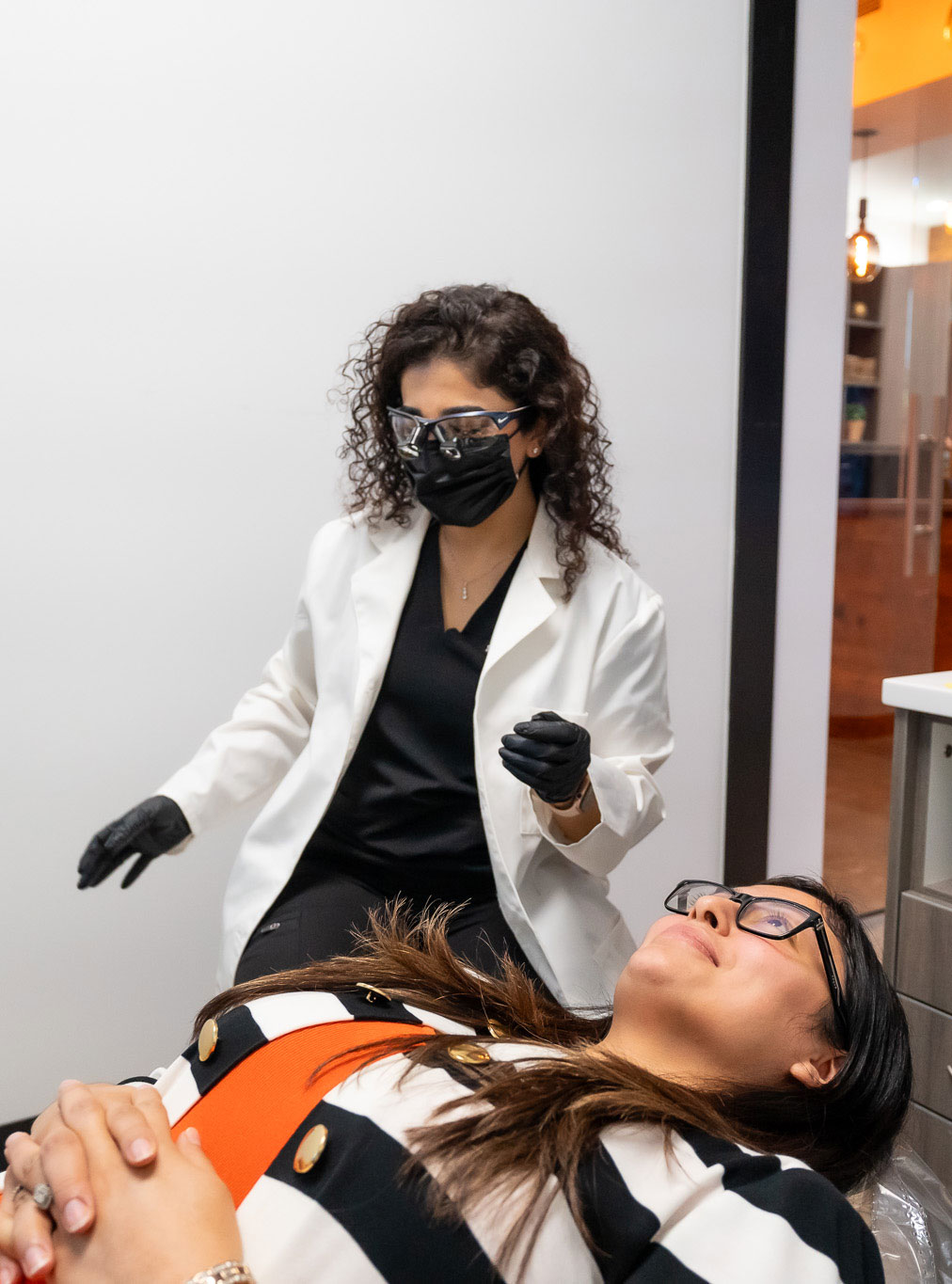
Conveniently located in the heart of Houston Texas —
Find Your Closest URBN Dental Office Today.
URBN Dental Implants &
Invisalign | Uptown
Address: 2400 Mid Ln #350,
Houston, TX 77027, United States
Phone: (713) 322-8442
Fax: (281) 516-8296
URBN Dental Implants &
Invisalign | Midtown
Address: 3510 Main St Ste E, Houston, TX 77002, United States
Phone: (346) 712-1946
Fax: (281) 720-8002
URBN Dental Implants &
Invisalign | Montrose
Address: 3201 Allen Pkwy Ste #E200,
Houston, TX 77019, United States
Phone: (281) 826-1917
Fax: (281) 404-7444
URBN Dental Implants &
Invisalign | CityCentre
Address: 803 W Sam Houston Pkwy N #124, Houston, TX 77024, United States
Phone: (281) 843-5814
Fax: (281) 727-0104
URBN Dental Implants &
Invisalign | Katy
Address: 94 W Grand Pkwy S Suite 240, Katy, TX 77494, United States
Phone: (832) 224-2174
Fax: (832) 913-3248
URBN Dental Implants &
Invisalign | Heights
Address: 714 Yale St 2Z,
Houston, TX 77007, United States
Phone: (281) 843-5897
Fax: (281) 652-5021
URBN Dental Implants &
Invisalign | East River
Address: 2921 Riverby Road, Suite 110 Houston, TX 77020
Phone: (832) 376-8438
Fax: (281) 652-5027
URBN Dental Implants &
Invisalign | Spring Branch
Address: 8143 Long Point Rd,
Houston, TX 77055, United States
Phone: (832) 306-3510
Fax: (281) 888-0639
URBN Dental Implants &
Invisalign | Tanglewood
Address: 6363 San Felipe St #200b,
Houston, TX 77057, United States
Phone: (281) 549-5100
Fax: (281) 407-6185
URBN Dental Implants &
Invisalign | West U
Address: 5578 Weslayan St,
Houston, TX 77005, United States
Phone: (281) 219-8971
Fax: (713) 263-3326
URBN Dental Implants &
Invisalign | Meyerland
Address: 450 Meyerland Plz, Houston, TX 77096, United States
Phone: (346) 483-3337
Fax: (281) 727-0408
OPENING SOON
URBN Dental Implants &
Invisalign | NASA Pkwy
Address: 1840 E NASA Parkway Houston, Texas 77058, United States
Phone: (281) 969-3514
Fax: (281) 969-3524
OPENING SOON
URBN Dental Implants &
Invisalign | Sienna
Address: 5310 Sienna Pkwy #220 Missouri City, TX 77459, United States
Phone: (281) 969-3491
Fax: (281) 969-3481
OPENING SOON
URBN Dental Implants &
Invisalign | Pearland
Address: 12567 Broadway Street, Suite 129, Pearland, Texas 77584, United States
OPENING SOON
URBN Dental Implants &
Invisalign | Cinco Ranch
Address: 1645 South Fry Road, Suite No. 1000, Katy, Texas 77494, United States
OPENING SOON

© Copyright 2025 | Designed & SEO Optimized by The Doctors Marketing | Privacy Policy | Terms & Conditions | HIPAA